This is a continuation of a report on a trip with the Sony a7RII. The series starts here.
If you go on a trip like this, the cruise company will make clothing recommendations, and you’d be well-advised to heed them. But they don’t usually focus on the needs of photographers. So, at the risk of overgeneralizing from my own limited experience, I’ll tell you what I took and how it worked out. The boat that I was on used inflatable watercraft similar to Zodiacs for shore excursions and fjord cruising. This means that landings were often wet underfoot, and there was some risk of saltwater splashing on camera gear. However, by sliding the fanny pack around to my front before getting into the skiffs, I felt comfortable that the gear would stay dry and never had to resort to the waterproof stuff sack.
If you’re going to southeast Alaska, you’re going to get rained on. I packed a fleece jacket and a fleece vest, plus a sailing shell parka. Suiting up for a typical landing early in the trip went something like this. Put on a fleece vest. Put on the camera vest. Put on the fanny pack. Put on the shell. Put on a life jacket.
If you’re going ashore, you can ditch the life jacket near the landing. That’s a good thing, because the standard-issue life jacket on the boat I was on rendered every pocket in the photo vest completely inaccessible. If you’re going to do something similar to the trip I was on, you might check with the tour organizer and find out if you can bring your own inflatable life jacket, and pick one that’s not too constricting of access to a vest underneath.
If you’re just going to putter around on the Zodiac, the photo vest is useless.
My net on the vest is that there are probably better ways to take your gear on skiff rides. Maybe a waterproof shell with waterproof pockets is the way to go, or possibly a belt with waterproof pouches hung from it. By the way, the stores in the little fishing towns in southeastern Alaska are stocked with a bewildering array of foul weather gear – boots, pants, jackets, hats, etc – and, although the Alaskan prices are generally high compared to the lower 48, the fishing gear is remarkably reasonable.
My fancy sailing shell was not as waterproof as the fishing gear sold in Sitka and Petersburg. I would have been better served with one of their jackets. The same is true of rain pants; I did buy a pair of these in Sitka, and they were completely waterproof, which was a good thing when you wanted to keep water out, but not so good when you were exerting yourself and sweating.
I used my fanny pack successfully a lot, but I would have felt more comfortable if I’d brought a waterproof one. I’m not sure anyone makes those.
My Adorama Slinger just sat on the big boat.
I took heavy hiking boots, and didn’t use them. For land stops with wet landings it would have been a pain to change out of the waterproof boots you need for the landing, and the land stops with dry landings had no terrain that demanded more than sneakers.
It’s not an article of clothing, but, since I’m on lessons learned about what to bring, I’ll mention the tripod. I never used it. Even though it is made of carbon fiber, it’s not all that light, and I regret bringing it. Tripods are useless on boats, and we were never on land with the light was dim enough to require one.
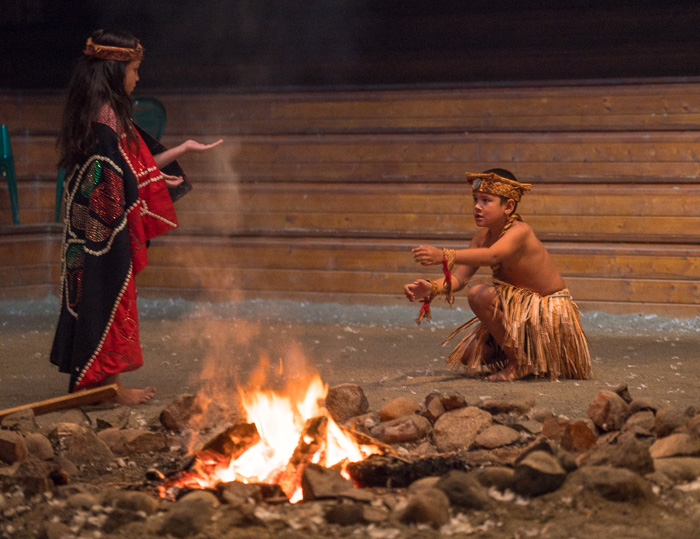
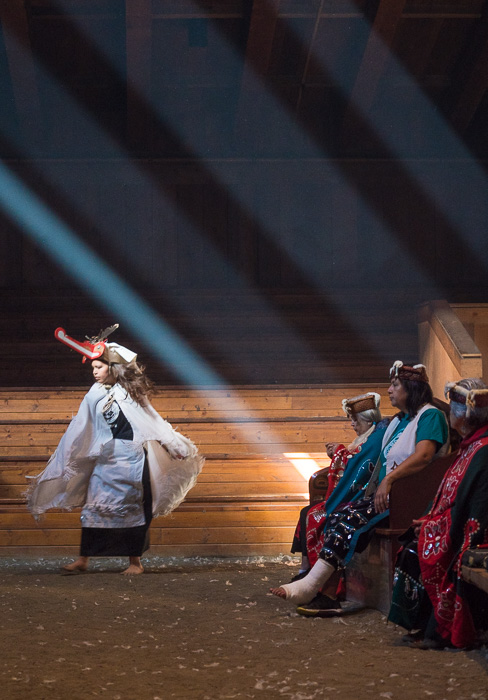
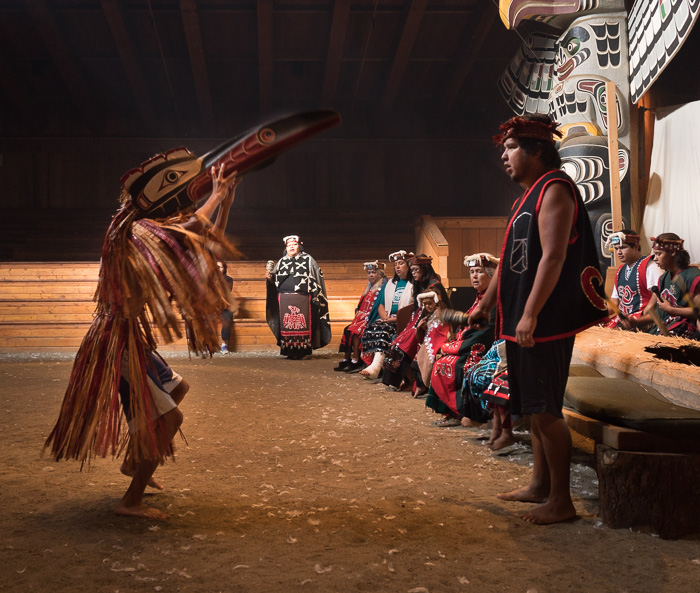
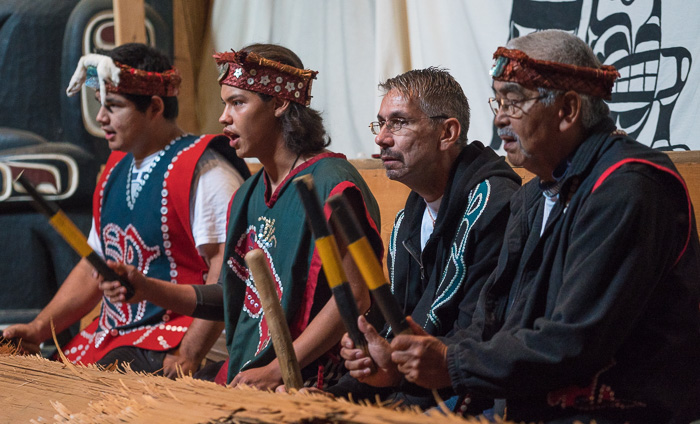
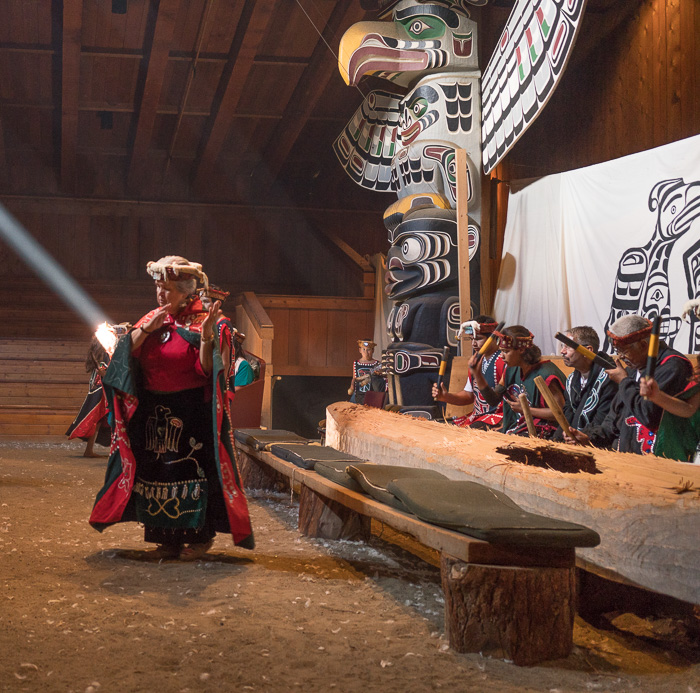
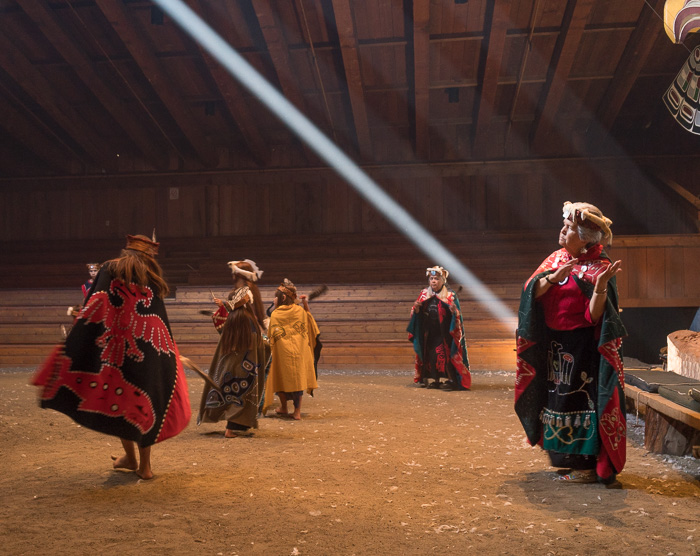
Leave a Reply